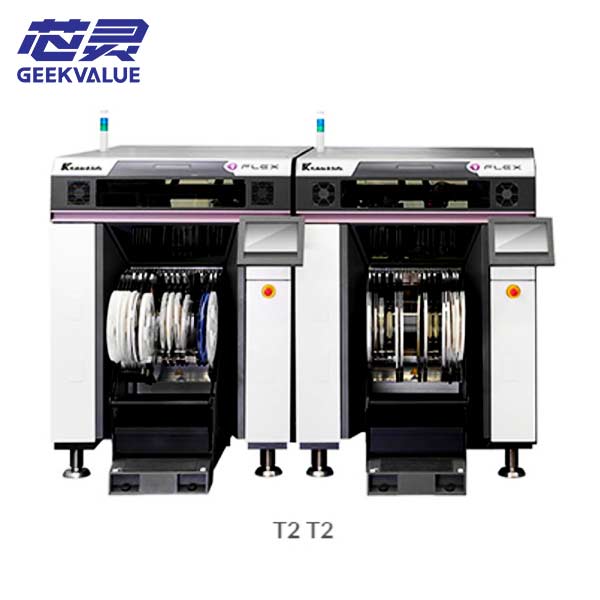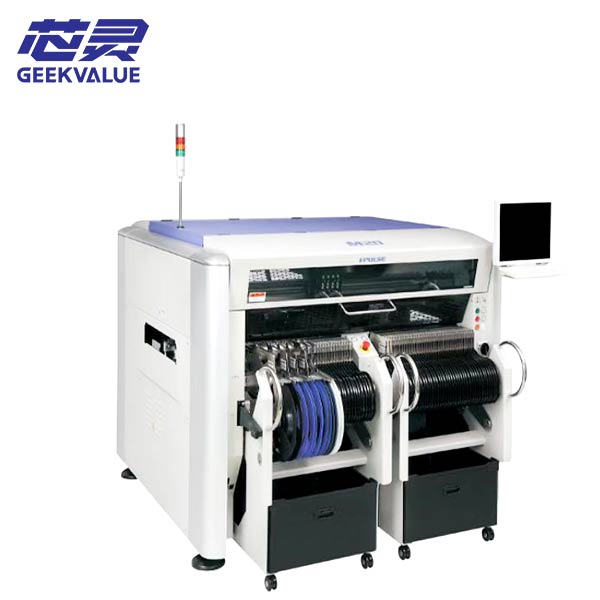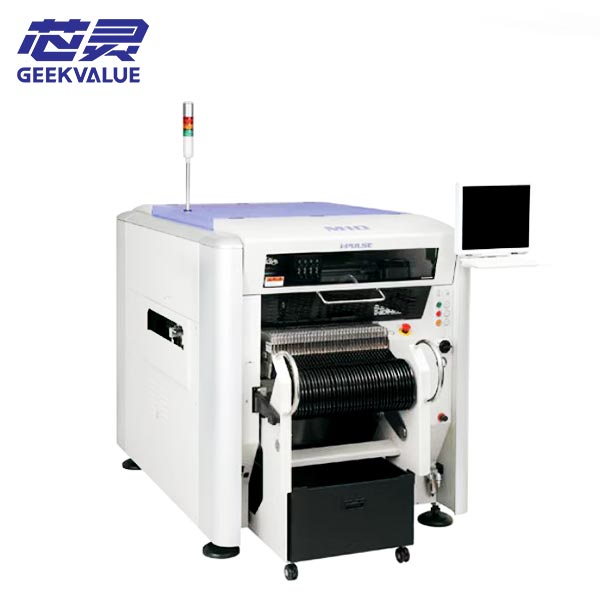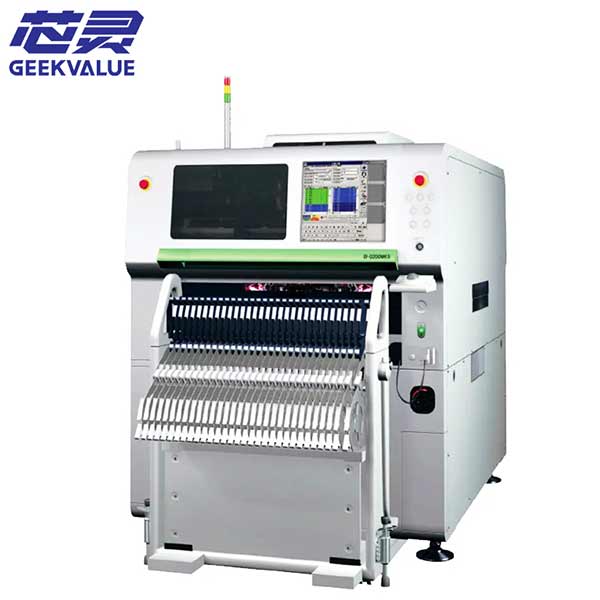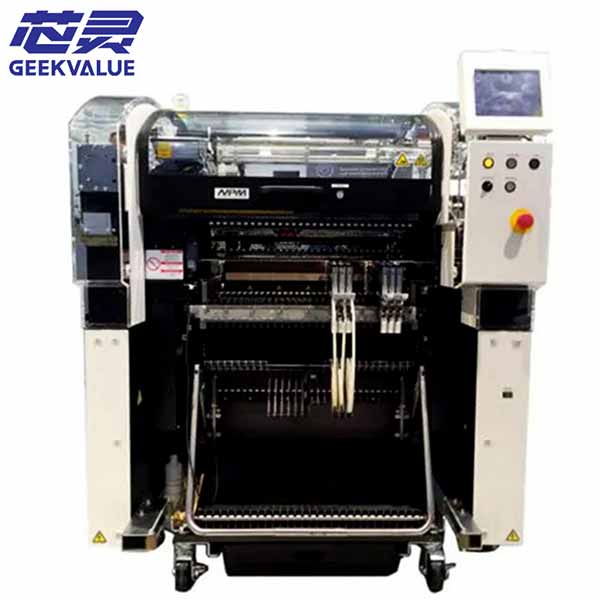Philips iFlex T2 is an innovative, intelligent and flexible surface mount technology (SMT) solution launched by Asbeon. iFlex T2 represents the latest technological advancement in the electronics manufacturing industry and is particularly suitable for applications with high integration of multiple components.
Technical features and performance parameters
iFlex T2 uses efficient single pick/single placement technology to increase production capacity by at least 30%, while ensuring that the fault detection rate is far less than 10 DPM, reaching the highest level in the industry, and creating products that pass once. The built-in flexibility of iFlex T2 enables it to be configured to produce any number and type of high-performance PCB boards to meet diverse production needs.
Application scenarios and market demand
With the increasing demand for placement machines in the electronics manufacturing industry, especially for applications with high integration of multiple components, iFlex T2 has become a popular choice in the market with its high performance and high quality. Its single pick/single placement technology not only improves production capacity, but also ensures the high quality of circuit boards, and is suitable for the placement needs of various complex components.
The advantages of Philips iFlex T2 placement machine mainly include the following aspects:
Flexibility and efficiency: The iFlex T2 placement machine is highly flexible and can be configured to produce any number and type of high-performance PCB boards. Its efficient single pick/single placement technology can increase production capacity by 30%, ensuring a fault detection rate far less than 10 DPM, thereby creating high-quality products that pass once.
High quality and high capacity: The placement defect rate of the iFlex T2 placement machine is less than 1DPM, which can save 70% of rework costs. Its feed space has been increased by 25%, ensuring that NPI is accurate the first time, fast line change speed, instant output, and guaranteed product output time.
